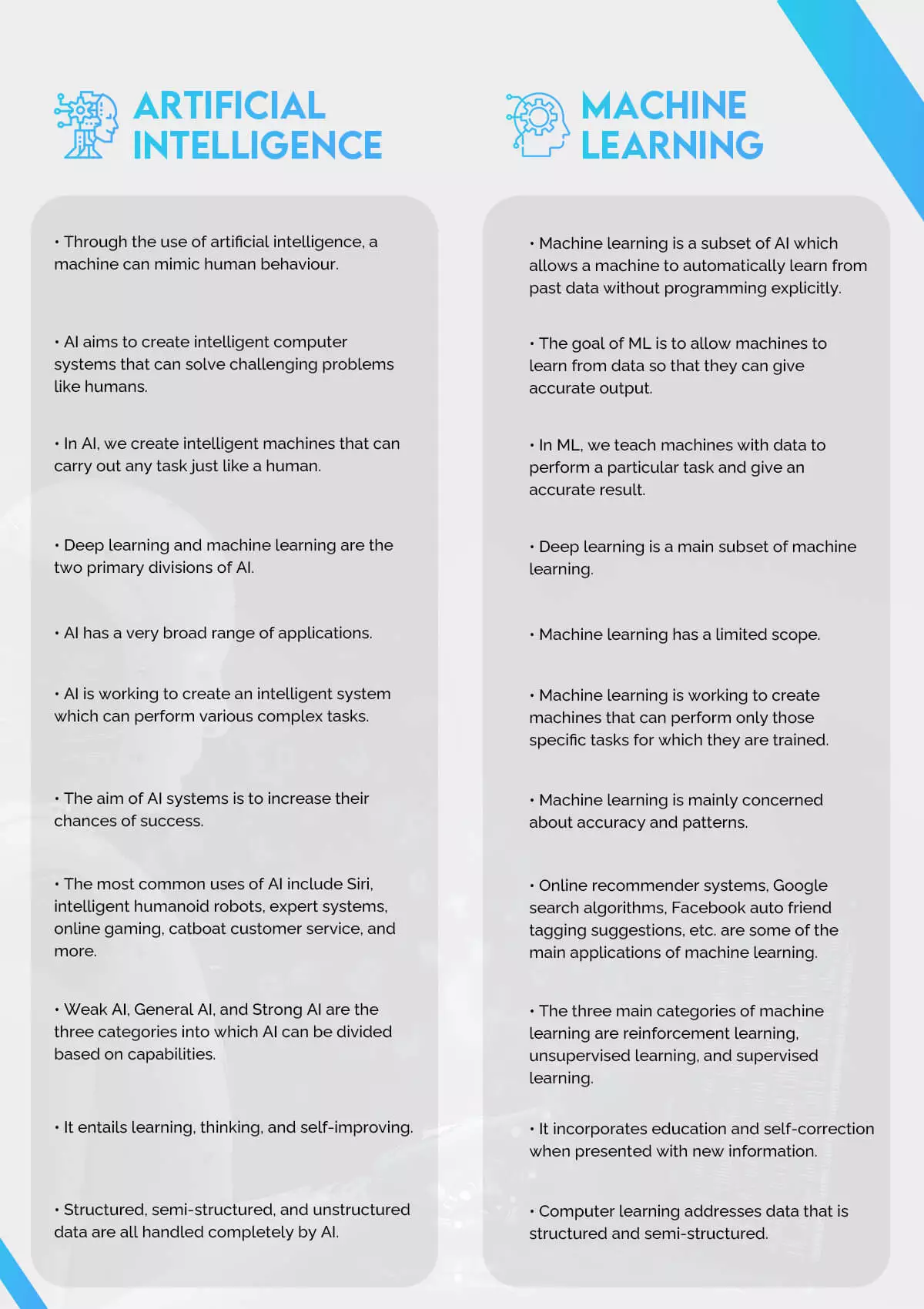Machine learning and artificial intelligence (AI) are two of the most sought-after technologies today, and for good reason. These fields have the potential to transform industries, improve our daily lives, and unlock new capabilities we never thought possible.
At their core, machine learning and AI are about teaching machines to learn and think like humans. Rather than being explicitly programmed to perform specific tasks, these systems use data and algorithms to learn and make predictions or decisions on their own.
What is Machine learning?
Machine Learning can be attained through machine learning. This branch of AI applies to learning to make ever-better decisions by using algorithms to automatically discover patterns and learn insights from data.
Programmers explore the limits of how much they can enhance a computer system’s perception, cognition, and action by studying and experimenting with machine learning.
Advanced machine learning techniques like deep learning take things a step further. Deep learning models use large neural networks to learn complex patterns and predict outcomes without the need for human input. Neural networks work similarly to the human brain to logically analyse data.
One of the most common applications of machine learning is in predictive modeling, where a model is trained on historical data to make predictions about future outcomes. For example, a bank might use machine learning to predict whether a customer will default on a loan based on their credit history and other data.
What is Artificial Intelligence (AI)?
AI, on the other hand, is an extensive field that encompasses not just machine learning, but also other approaches like AI in data security, virtual assistance in the automotive industry, expert systems, rule-based systems, and natural language processing. AI systems can be used to perform tasks like language translation, image recognition, and speech recognition, ML-based financial fraud detection.
The science of creating computers and robots with intelligence that both mimics and exceeds that of humans is known as artificial intelligence. Programs with AI capabilities can contextualize and analyze data to deliver information or automatically initiate actions without the need for human intervention.
Many of the technologies we use today, such as smart devices and voice assistants like Siri on Apple devices, are powered by artificial intelligence. Businesses are using methods like natural language processing and computer vision, which allow machines to understand images and understand human language, to automate tasks, speed up decision-making, and enable customer conversations with chatbots.
What is the difference between AI and Machine Learning?

To conclude
Both machine learning and AI require large amounts of data to train models and algorithms. This is why companies like Google, Amazon, Apple, Meta and Microsoft have invested heavily in data collection and storage. The more data these companies have, the better their models and algorithms can become.
However, there are also concerns about the ethical implications of machine learning and AI. For example, biases in data can lead to biased predictions, and there are worries about the potential for these technologies to replace human workers in certain industries.
Despite these concerns, there is no doubt that machine learning and AI will continue to have a major impact on our world. As these technologies continue to develop, we can expect to see new applications and use cases emerge, unlocking new possibilities for businesses and individuals alike.




